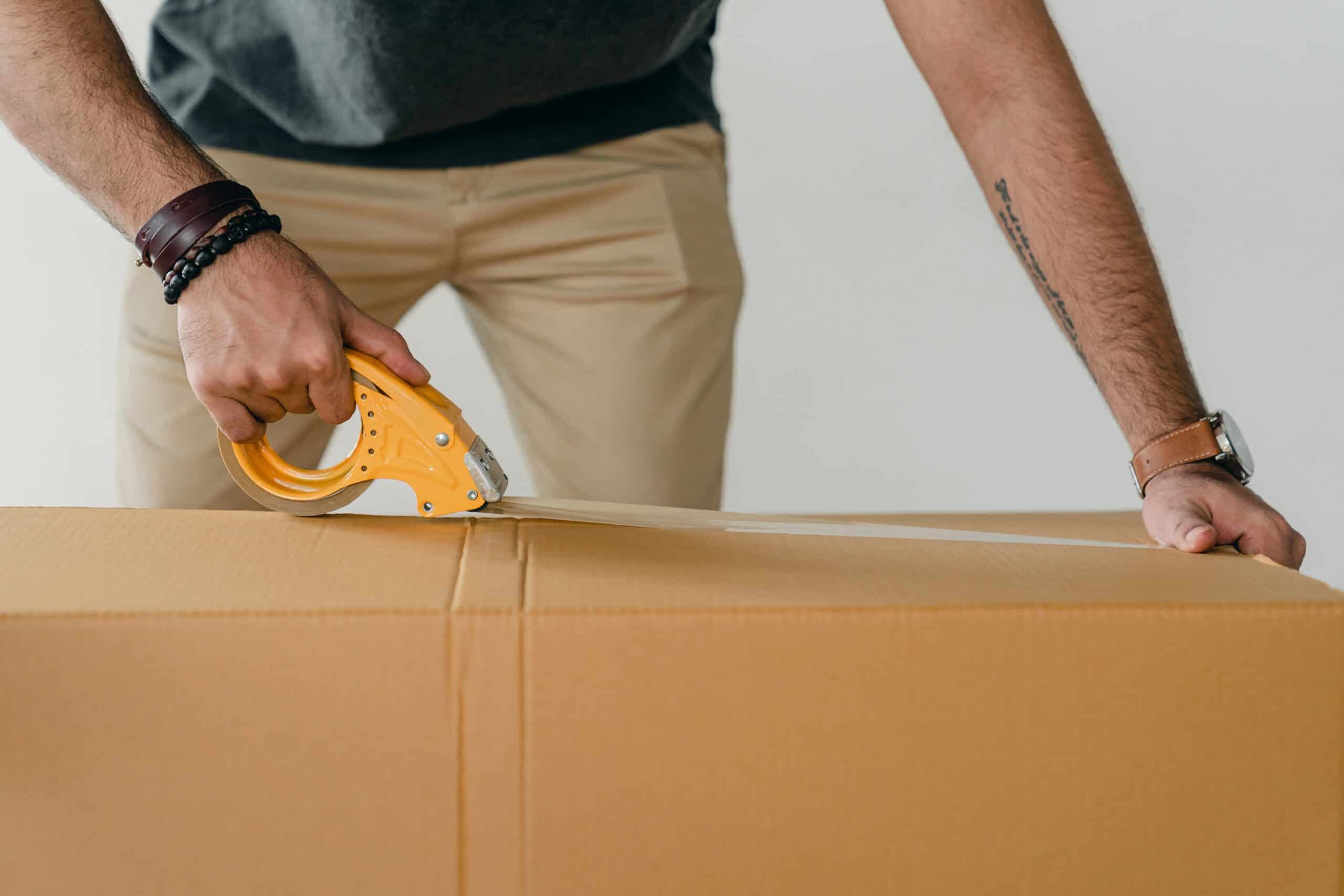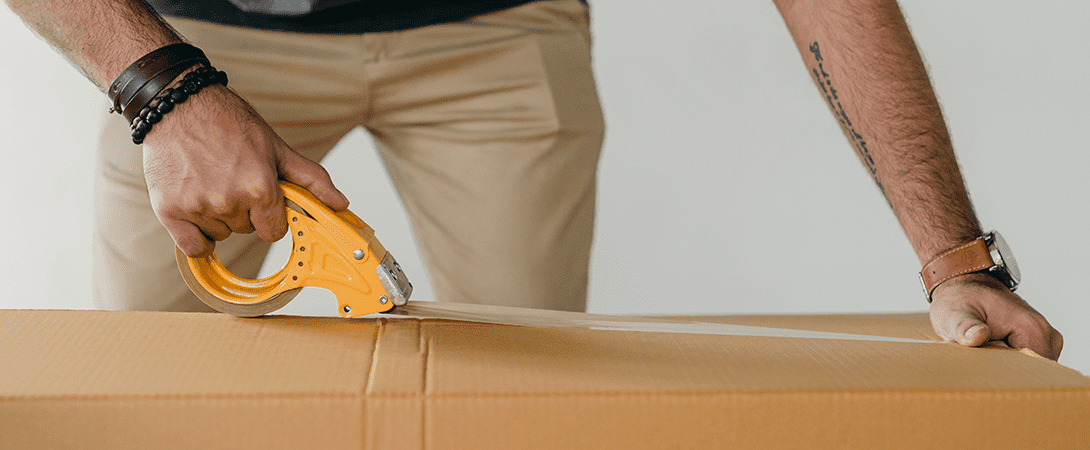A look at the concept, ideology, and marketing ploy of free shipping and what it actually means.

What a magical world we live in—being able to shop from the comfort of our own homes, in our pyjamas, without ever having to visit a store, and have our purchase shipped directly to our doorstep within a few short days. Who would have thought such a thing would ever be possible? The convenience of consumer shopping has gone through so many vast changes over the past decade, and even more so during the COVID pandemic where online shipping became the norm for so many people.
One of the main advantages of any sort of online shopping is the promise of ‘free shipping’. But how is this even possible if the act of shipping is still involved? Are we to believe that somewhere along the purchasing cycle, one of the stakeholders, out of pure generosity, decided to take a cut so we can receive our bulk order of toilet paper for free? As everyone is in the business of making money and not giving away money, this seems highly unlikely. Then where does ‘free shipping’ come from and how does it work?
It’s quite simple really. It’s not free.
Deliveries have to be made in a certain amount of time which means vehicles are carrying less freight than they could be […] Inefficient route planning is not only more carbon-intensive—it’s also more expensive for the shipper.
Maybe it’s built into your online shopping experience (like Amazon Prime) or maybe it’s a marketing tool used by any number of online retailers to entice you to buy, but the one absolute truth is that there is no free shipping.
Without a doubt, most people moved to online shopping over in-person, particularly due to the pandemic, but partly because of the convenience. Unfortunately, the transportation and logistics industry has taken a ‘hit’ marketing-wise as a result. Most people cringe when they see the shipping fees associated with their purchases and often add more purchases to their cart to help skirt the shipping fee and enter into ‘free’ shipping territory. Not only does it devalue the invaluable employees who make shipping possible, it adds a negative connotation for drivers and logistics as a whole as they’re suddenly seen as an extra added cost. After all, if you can ship something for free, then what have we all been paying for all this time?
It comes down to the “pain of paying.” It’s a psychological discomfort keeping people from completing purchases. They see the cost of shipping and it’s an immediate sticker shock and a deterrent to a consumer making a purchase.
Internet Retailer’s 2018 survey cited shipping charges as the most common reason shoppers abandon their carts, topping the pet-peeve list for nearly 33% of respondents. “Many resent paying for shipping so much that they’ll buy more expensive items or throw in additional small stuff—a single-use skin-care mask, socks—just to clear a free-delivery purchase minimum,” says Ron Berman, a marketing professor at the Wharton School at the University of Pennsylvania.
How Does This Impact Shipping and Logistics?
The shipping company isn’t necessarily the one losing money on free shipping, at least not directly, though it does come with other issues. In the majority of cases, a company like Amazon is taking a monthly or annual fee for their Prime service or a retailer is simply raising the prices of its products to help cover shipping costs.
The problem occurs in the expeditious nature of free shipping. In May 2019, Amazon launched free two-day shipping to those who subscribe to Prime. In some cases, they even promised same day delivery. When these kinds of orders are passed to a transportation company, they’re removing the opportunity to streamline the process. Deliveries have to be made in a certain amount of time which means vehicles are carrying less freight than they could be. This means there are additional costs because additional trips need to be made. On top of that, logistics companies have to consider the carbon footprint. More driving means more emissions.
Inefficient route planning is not only more carbon-intensive—it’s also more expensive for the shipper—more drivers, more trips, more fuel costs. If fast delivery is free, it’s only because the retailer is subsidizing that delivery to fight for customers at a time of fierce competition and rapid growth. That means consumers aren’t feeling the true cost—either environmental or financial—of getting their e-commerce goods super quickly.
Larger companies like Amazon can certainly absorb the cost. They’re the number one online retailer in the world. For its part, Amazon has stated that the bigger it gets, the more efficient it can be. The news that Prime was transitioning to one-day shipping came with the announcement of an $800 million investment in logistics infrastructure, like fulfillment centers, trucks, and smaller distribution hubs close to population centers. But that doesn’t necessarily trickle down to all the other shipping and logistics companies that make shipping possible.
Before you click that ‘free 2-day shipping’ option, be aware that nothing is really free and that, in the end, you’re likely contributing to a devaluation of shipping in general and inadvertently causing a negative impact on the environment. But when presented with the option of paying for shipping or not, how many of us are really going to pass up that option?
Just food for thought . . .

